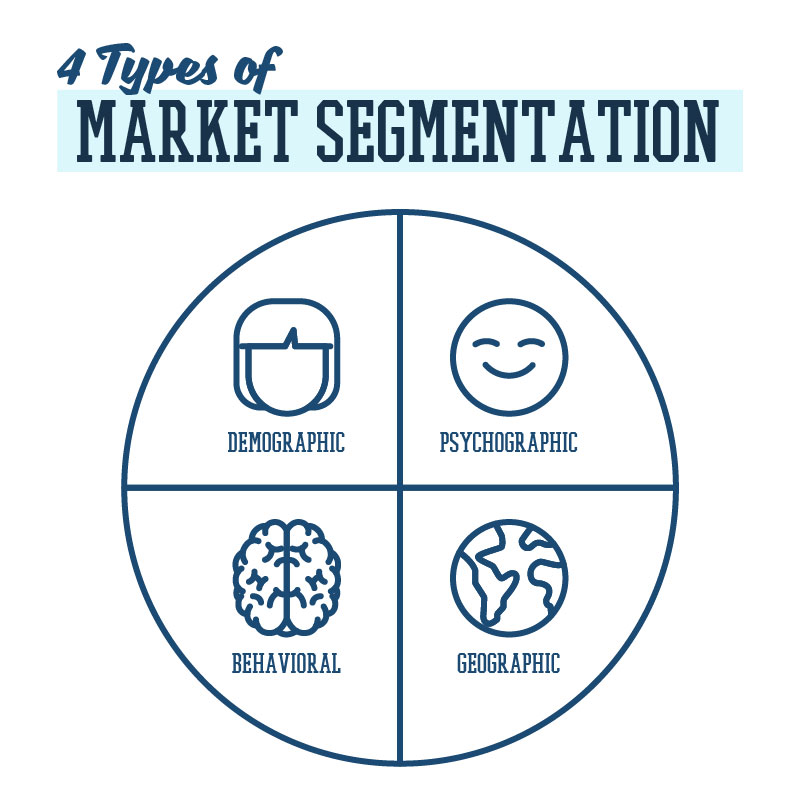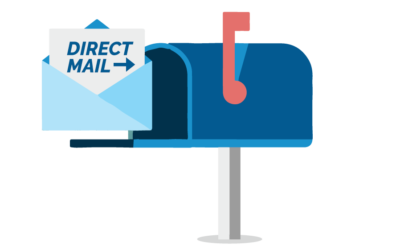The key to direct marketing effectiveness is sending the right offer to the right person at the right time. Segmentation help you achieve this. It is the process of dividing your customers or potential customers into groups, or segments, based on their characteristics. The segments that you create or identify are going to be made up of consumers with similar interests, characteristics, or behaviors and therefore, should respond similarly.
There are four basics ways to segment:
- Demographics
- Psychographics (personality traits, beliefs, values, attitudes, or interests)
- Geographic
- Behaviors (buying patterns)
Segmenting gives a company the ability to reach a group of customers with specific behaviors, needs and wants with relevant offers and content. Relevance really does matter when you want people to respond to your marketing.
Once you understand the behavior of a particular segment, it can drive decision-making for results improvement goals. One methodology involves using RFM principles (recency, frequency, and monetary). For example, you might have a segment comprised of low value, very infrequent purchasers who produce low margins, maybe even negative margins. You may decide not to utilize more expensive touches to a segment like this. On the other hand, let’s say you have a group that’s high margin, but infrequent. You might set a goal to improve their frequency and construct offers to accomplish that.
Segments can also be defined by what kind of products they buy.Some other segments might include prospects, new customers, archaic customers (dormant or lapsed) or professional customers who buy for many potential consumers. Once you know how a segment of people behaves, you can set goals on how to reach that segment and increase sales and margins from that segment. Segment specific goals are a great idea and become practical when you have well-defined segments.
Data and insights on each segment can be used to help you decide what will drive variables such as messaging, content, offers, and channel selection.
Don’t worry about getting too granular with segmentation right out of the gate. Studies have shown that going from static messaging to even two to three segments can create significant lift. If you try to tackle too much at once, it can get really confusing.
Next Steps
If you are looking to delve into segmentation, the first step is to analyze your customers and their purchase behavior. Demographically appending your customer data prior to this analysis will yield valuable insights. AI tools can be used to perform a cluster analysis, in other words, finding groups of customers that look similar from a data perspective. Once the segments have been determined, goals, offers, communication plans and content matrices can be constructed.
Our account team can walk you through that process and can help you improve and execute your complex direct marketing campaigns.


